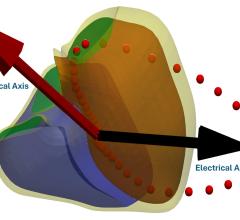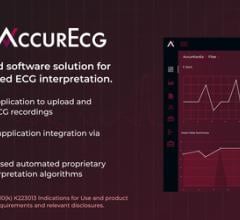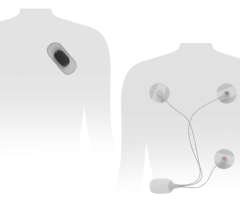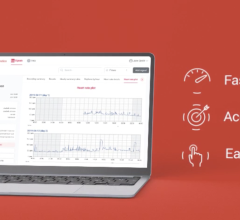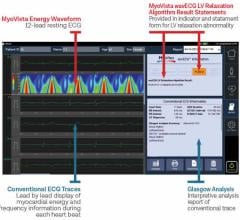
April 12, 2024 — HeartBeam, Inc., a medical technology company focused on transforming cardiac care through the power of personalized insights, today announced new data demonstrating that applying the company’s artificial intelligence (AI) algorithms to vectorcardiography (VCG) showed considerably improved performance in the detection of atrial flutter over single-lead electrocardiograms (ECGs) and similar performance to 12-lead ECGs, the standard for diagnosing atrial flutter. This marks the first scientific presentation on the company’s deep learning algorithm, HeartBeam AI. The data was presented by Vivek Reddy, MD, Director of Cardiac Arrhythmia Services at The Mount Sinai Hospital, during the European Heart Rhythm Association (EHRA) conference in Berlin, Germany.
In the study, HeartBeam AI with VCG demonstrated a 28% improvement over single-lead ECG in the detection of atrial flutter cases (sensitivity of 91.0% for VCG vs. 71.2% for single-lead ECG) without sacrificing the ability to identify those individuals without atrial flutter (specificity of 98.7% for VCG vs. 96.9% for single-lead ECG). Additional details about the study can be found here.
Smartwatches have become increasingly popular for detecting and monitoring abnormalities in the timing or pattern of heartbeats but only offer a single-lead ECG, which greatly limits their ability to detect a broad range of cardiac irregularities. Atrial flutter is a common irregularity, or arrhythmia, that typically requires a healthcare professional to administer a 12-lead ECG in a medical setting which is not always practical or even possible at the time of a cardiac event.
HeartBeam’s core vectorelectrocardiography (3D VECG) technology captures the heart’s signals in three projections (X, Y, Z), similar to VCG, and synthesizes a 12-lead ECG. The technology is designed to be used in HeartBeam’s small, portable, patient-friendly devices that allow for remote cardiac monitoring. The Company’s first planned application of the 3D VECG platform technology is the HeartBeam AIMIGo™, a credit card-sized device for patient use at home or anywhere, which is currently under review with FDA.
“The study presented at the EHRA conference shows that HeartBeam AI combined with VCG delivers equivalent performance to a 12-lead ECG and greatly improves detection of atrial flutter over a single-lead ECG, underscoring the limitations of current wearable technologies. This presents an opportunity for a VCG-based algorithm that offers arrhythmia detection capabilities beyond what is available today and to fill gaps in healthcare inequality when obtaining a 12-lead ECG is challenging,” said Dr. Reddy.
The HeartBeam technology gathers far more data than a single-lead ECG. By leveraging AI to analyze these data-rich signals, HeartBeam believes it will be able to improve diagnostic accuracy and the technology has the potential to extract unique information that could go beyond today’s 12-lead ECGs as data of great diagnostic value is gathered from the same patients using the device over time. HeartBeam believes this presents a unique opportunity to create a comprehensive repository of data that could unlock personalized AI-driven insights to improve cardiac care.
“The intent of our AI program is to leverage our novel VECG platform to unlock detection and prediction capabilities currently limited to healthcare facilities and make them readily accessible and available to the patient, and this new data is a clear example of what we can accomplish,” said Branislav Vajdic, PhD, CEO and Founder of HeartBeam. “As we continue to expand our artificial intelligence capabilities, we look forward to demonstrating how the combination of our data rich 3D VECG platform with HeartBeam AI has the potential to transform how cardiac health is managed in the future.”
For more information: www.heartbeam.com

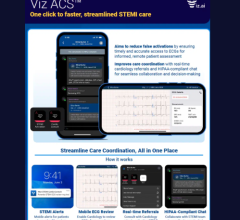
 October 09, 2025
October 09, 2025 



